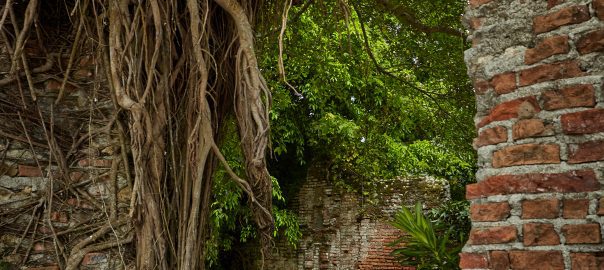Archives

Old San Jacinto De Polonia Church Ruins
With the wrath of nature always at its doorstep, building, repairing, and rebuilding three (3) times over was not an easy feat. They had to vacate and rebuild in a much higher and safer place. Said to be the third church built in Cagayan (ca. 1596), the church was consumed by fire (1719) and rebuilt in 1746. Within a century, it tried to survive typhoons and flooding until its final days after the earthquake of October 7, 1845. It is rugged, weather-beaten, covered with moss and vegetation-an undeniable fact that it had seen better days. It is where people once assembled, sang, and prayed. At this moment, the ruins of San Jacinto de Polonia Church now only offer silence, a breathing space, or perhaps a place for artistic creation.
Be in tune with nature in a quiet place beside the grand Cagayan River. The rustling of leaves, humming of summer’s cold and warm breeze, birds singing, and burbling river become a beautiful ensemble of sensory experiences. Most of all, it allows everyone to see and feel the sublime while imagining the once impressive things that happened in this place.

Old Sancta Maria Bell





